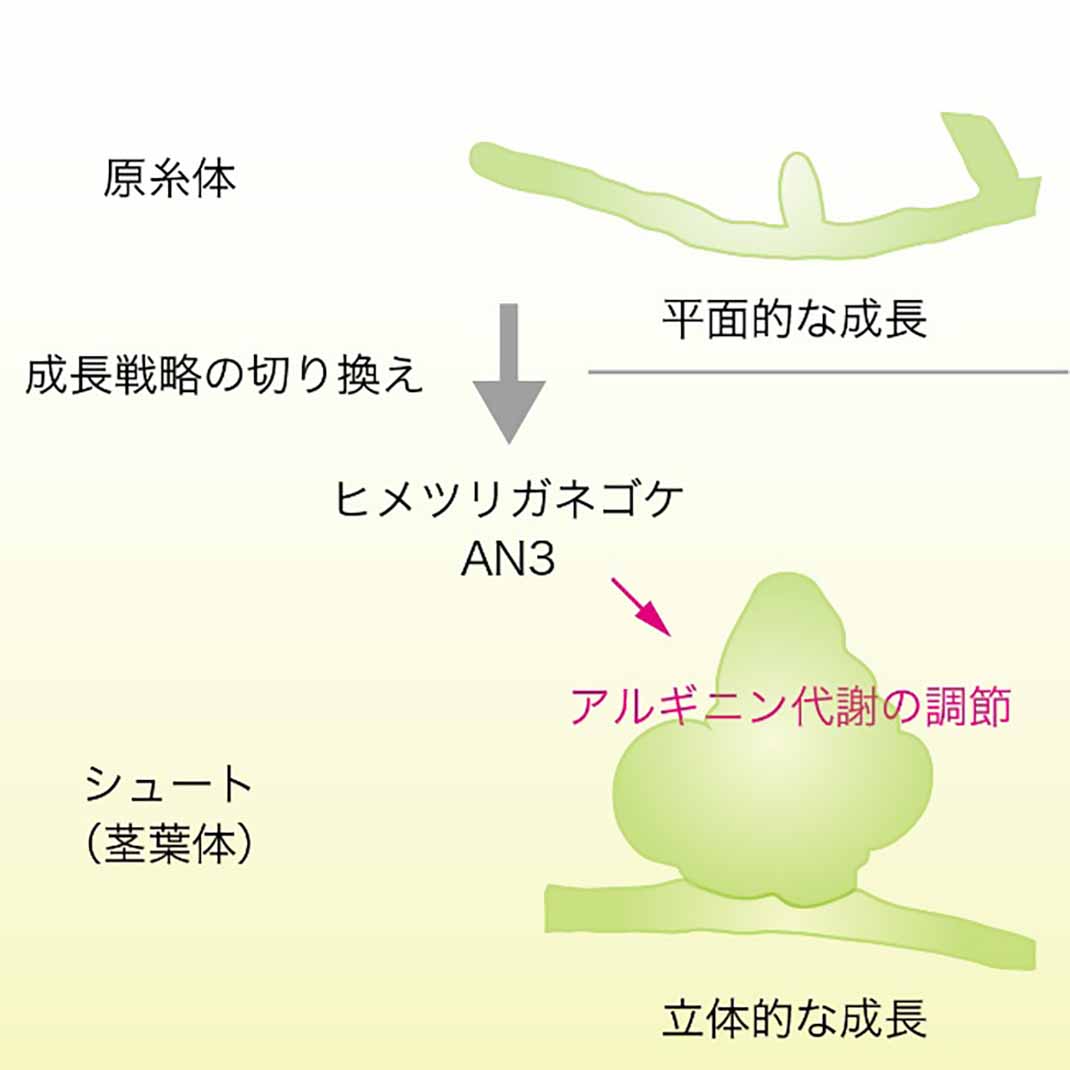Sep 09, 2020PRESS RELEASE
Study discovers role of amino acid metabolism in promotion of plant formation
Keyword:RESEARCH
OBJECTIVE.
Arginine is an amino acid found in proteins and is generally and widely present. Kensuke Kawade, a specially appointed associate professor at the Exploratory Research Center on Life and Living Systems (currently an assistant professor at the National Institute for Basic Biology) has discovered that arginine metabolism has a specific function in promoting plant morphogenesis, a process of developing the formation of plants, through a study jointly conducted with the National Institute for Basic Biology, Rikkyo University, Toyohashi University of Technology, Yamagata University, RIKEN, Chiba University, Hokkaido University, and The University of Tokyo. The research team has also clarified a mechanism that controls the function. These research results will be published in the U.S. academic journal Cell Reports on September 8, 2020 (U.S. Eastern Daylight Time).
Background of the research

The moss Physcomitrella patens / The light green fluff-like objects in the moss colony are protonema filaments, which grow two-dimensionally. The darker green shoots that protrude upward from the colony are gametophores, which grow while forming a three-dimensional structure.
Physcomitrella patens, a type of moss, produces protonema filaments/shoots, which respectively grow two- and three-dimensionally, depending on the environment (Figure 1). Past studies have revealed various aspects of the plant evolution, such as the discovery of a gene that switches a growth strategy from producing protonema to producing shoots (Note 1). What, then, is the generation process of materials for the cells that are necessary to produce shoots? If the growth strategy has been changed from two- to three-dimensional, a metabolic state must have been regulated accordingly. The research team thus sought to clarify the mechanism wherein a plant body changes its metabolic state in response to a switched growth strategy.
(Note 1) Results by a research team led by Prof. Mitsuyasu Hasebe at the National Institute for Basic Biology, 2012
Study results

Mechanism for regulating metabolic state in response to switched growth strategy
Future prospects
Publication
Publication date: September 8, 2020 (11:00 a.m. ET)
Title: Metabolic Control of Gametophore Shoot Formation through Arginine in the Moss Physcomitrium patens
Authors: Kensuke Kawade, Gorou Horiguchi, Yuu Hirose, Akira Oikawa, Masami Yokota Hirai, Kazuki Saito, Tomomichi Fujita, Hirokazu Tsukaya